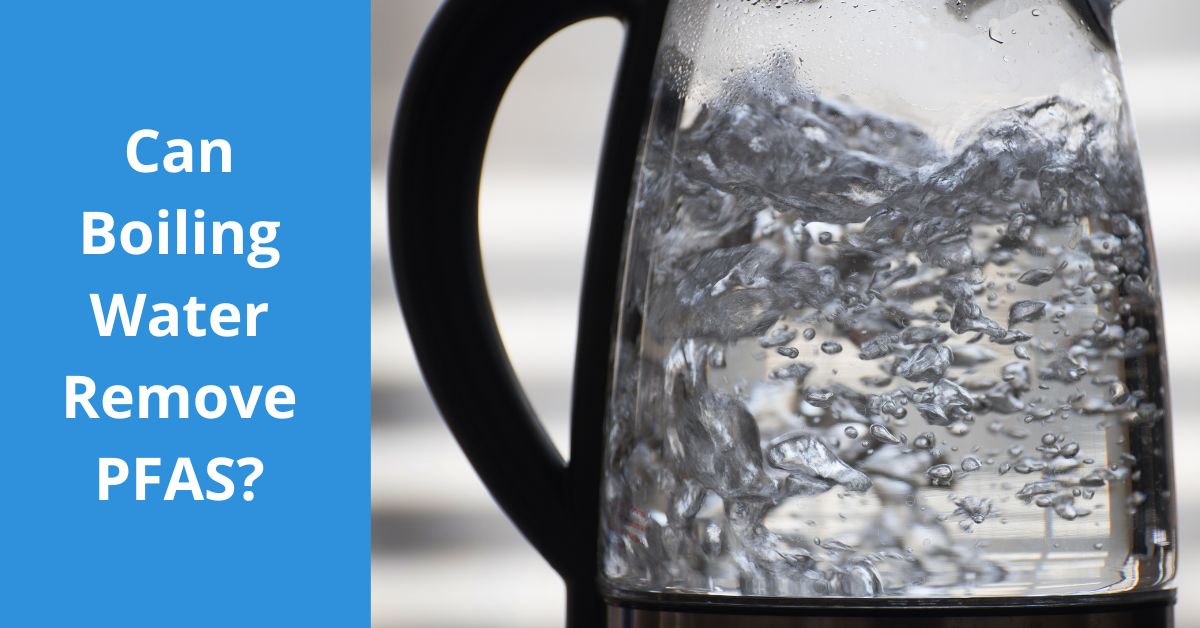If you’re concerned about the presence of PFAS (per- and polyfluoroalkyl substances) in your drinking water, you might be wondering if boiling the water can help remove these harmful chemicals. Unfortunately, the answer is no—boiling water is ineffective in removing PFAS from your tap water. These synthetic compounds are incredibly persistent and resistant to traditional water treatment methods, including boiling.
So, what can you do to protect yourself and your family from PFAS contamination? Let’s explore some effective solutions for removing these harmful substances from your drinking water.
What Removes PFAS from Water?
Boiling water won’t work, but several water treatment technologies can effectively reduce or eliminate PFAS from drinking water. These include:
Activated Carbon Filtration: Activated carbon filters, especially those made from specialised carbon materials, can effectively adsorb and remove certain types of PFAS from water. However, their effectiveness varies depending on the specific PFAS compounds present and the type of activated carbon used.
Ion Exchange Resins: Ion exchange resins can remove certain PFAS compounds from water by exchanging them with other ions. However, this method is less effective for shorter-chain PFAS molecules.
Reverse Osmosis (RO): Reverse osmosis water filter are highly effective in removing a wide range of PFAS compounds from water. These systems use a semipermeable membrane to filter out contaminants, including PFAS, while allowing water molecules to pass through.
Do Carbon Filters Remove PFAS?
Activated carbon filters can effectively remove certain PFAS from water, but their efficacy varies depending on several factors. These filters work through adsorption, utilising a highly porous surface to trap contaminants. However, not all activated carbon filters are equally effective against PFAS.
According to research, certain types of carbon materials, like those made from coconut shells or coated in certain ways, are better at removing PFAS than regular activated carbon filters. For residential use, two popular options are available:
- Single Countertop Water Filter: These compact systems connect directly to your faucet, providing on-demand PFAS-filtered water while saving space.
- Single Undersink Water Filter: These integrated systems, installed beneath your kitchen sink, provide a convenient solution for PFAS-free drinking water without cluttering your countertop.
Both options leverage activated carbon technology to reduce PFAS contamination, offering homeowners practical ways to improve their water quality.
Countertop Carbon PFAS Water Filter
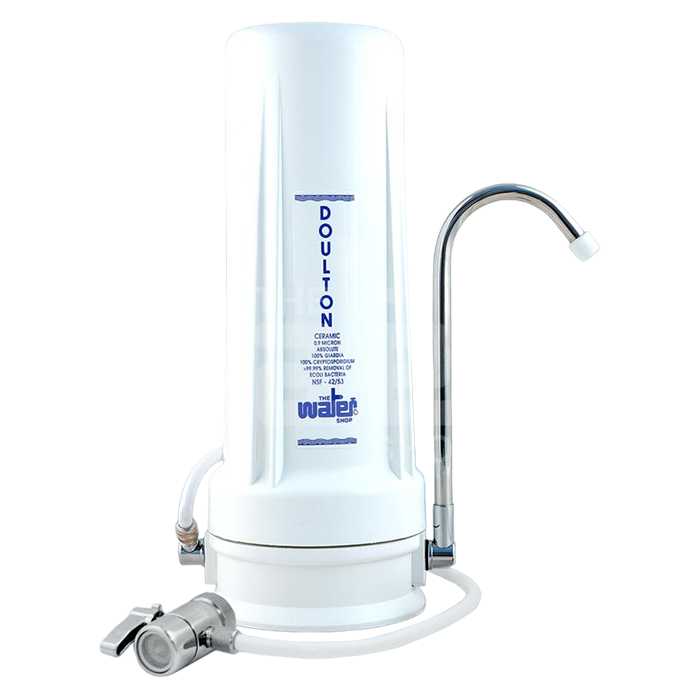
Undersink Carbon PFAS Water Filter
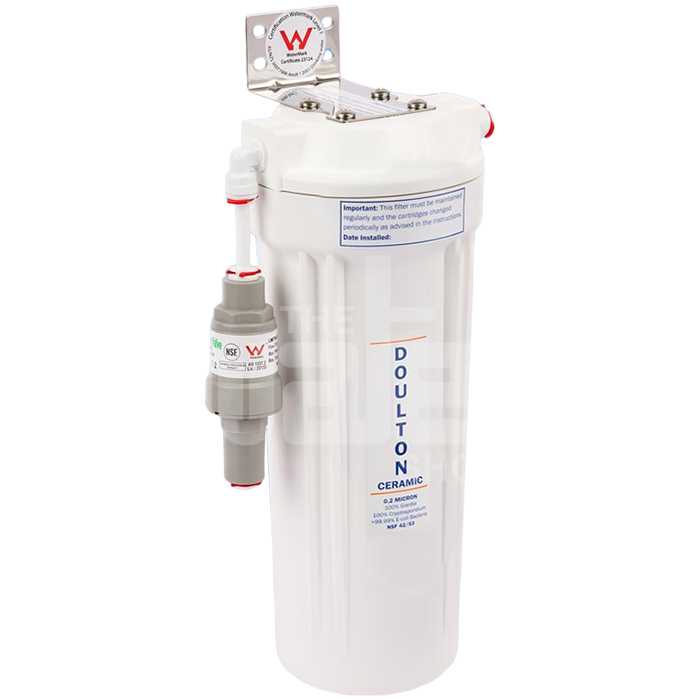
Reverse Osmosis and PFAS Removal
Reverse osmosis (RO) systems are widely considered one of the most effective methods for removing PFAS from drinking water. These systems use a semipermeable membrane to filter out contaminants, including PFAS compounds, while allowing water molecules to pass through.
RO membranes are designed to reject a wide range of contaminants, including dissolved salts, heavy metals, and organic compounds like PFAS. The PFAS molecules are too large to pass through the membrane’s pores, effectively trapping them and preventing them from entering the treated water stream.
RO systems can remove both long-chain and short-chain PFAS compounds, making them a reliable solution for areas with PFAS contamination. If you’re considering a reverse osmosis system for your home, you have a few options:
Countertop Reverse Osmosis Water Filter: These compact RO systems sit on your countertop and connect directly to your faucet, providing PFAS-free water on demand.
Undersink Reverse Osmosis Water Filter: Installing these RO systems under your kitchen sink offers a convenient and integrated solution for PFAS-free drinking water.
Countertop Reverse Osmosis Water Filter
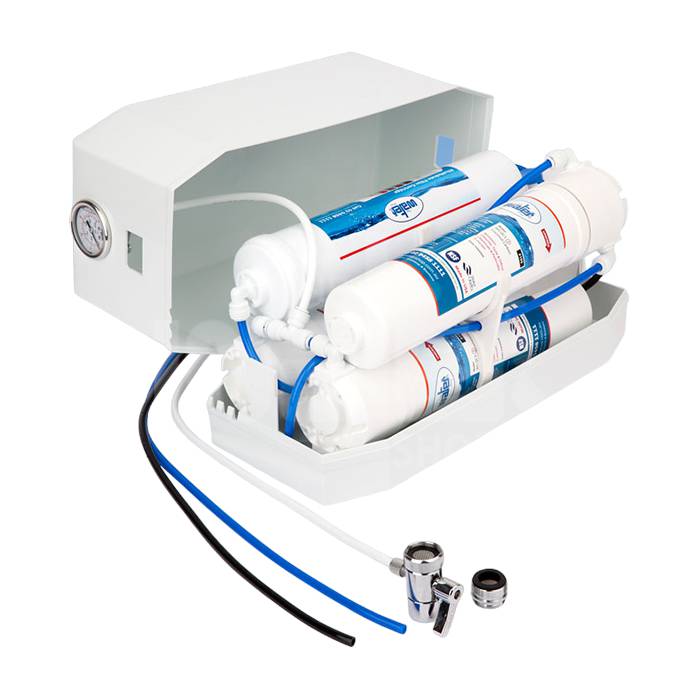
Undersink Reverse Osmosis Water Filter
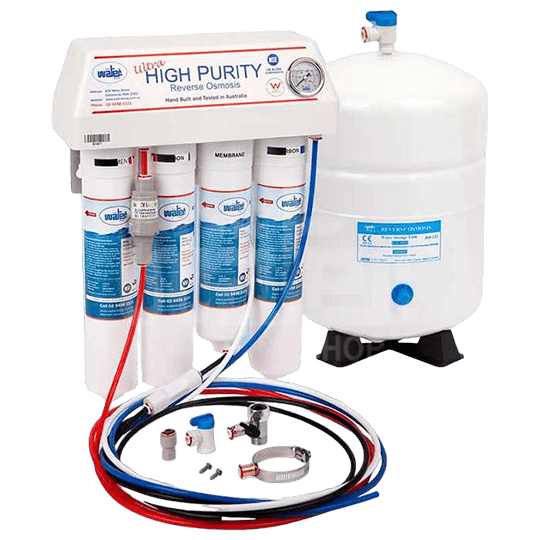
Both countertop and undersink RO filters are excellent choices for removing PFAS from your tap water. However, it’s essential to choose a reputable brand and follow the manufacturer’s recommendations for maintenance and filter replacements to ensure optimal performance and protection against PFAS contamination.

